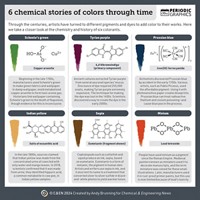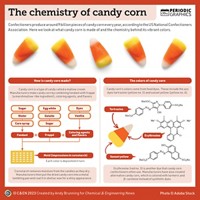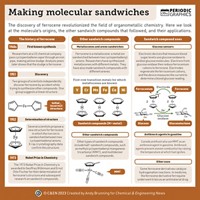Advertisement
Grab your lab coat. Let's get started
Welcome!
Welcome!
Create an account below to get 6 C&EN articles per month, receive newsletters and more - all free.
It seems this is your first time logging in online. Please enter the following information to continue.
As an ACS member you automatically get access to this site. All we need is few more details to create your reading experience.
Not you? Sign in with a different account.
Not you? Sign in with a different account.
ERROR 1
ERROR 1
ERROR 2
ERROR 2
ERROR 2
ERROR 2
ERROR 2
Password and Confirm password must match.
If you have an ACS member number, please enter it here so we can link this account to your membership. (optional)
ERROR 2
ACS values your privacy. By submitting your information, you are gaining access to C&EN and subscribing to our weekly newsletter. We use the information you provide to make your reading experience better, and we will never sell your data to third party members.
I enjoyed “The New Naturals” (C&EN, Feb. 10, page 10). But no story about the search for nonsynthetic colors, preservatives, and flavors would be complete without some mention of the colorful history of dyes, among them the legendary red (cochineal) dye that was once one of the world’s most precious commodities.
Interested readers can learn more about this centuries-long tale of “greed and subterfuge” from the wonderful book “A Perfect Red” by Amy Butler Greenfield. Enjoy!
David W. Pratt
Vergennes, Vt.
In “The New Naturals” the phycocyanobilin configurational stereochemistry is written as 4(E),10(E),15(E) instead of the correct all-Z. It is an understandable mistake, because the stereochemistry is incorrectly drawn in many popular and early scientific sources. However, phycocyanobilin’s biological precursor is natural (all-Z) biliverdin, and phycocyanobilin has the same stereochemistry, which turns out to be important in its role as a photosensory pigment. Light activation involves a change from Z to E at one of the stereocenters, which induces a conformational change in the protein to which it is bound.
David A. Lightner
Reno, Nev.





Join the conversation
Contact the reporter
Submit a Letter to the Editor for publication
Engage with us on Twitter